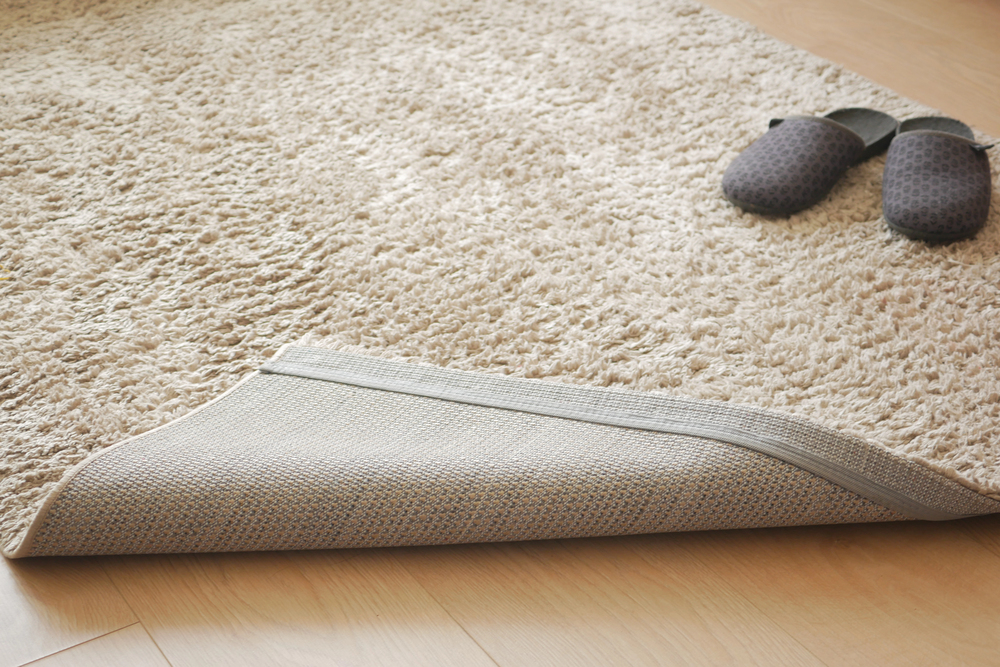As temperatures drop and windows stay closed, indoor air quality becomes a hidden health threat that many people overlook. According to Dr. Mercola, a board-certified family medicine osteopathic physician (DO) and multi-best-selling author, the air inside your home can be two to five times more polluted than outdoor air, especially during the fall and winter months.
Poor indoor air quality affects immune function, energy levels, and overall well-being during a season when your body needs the most support. Fortunately, small changes and Dr. Mercola’s home detox tips can make a meaningful difference.
Why Fall Indoor Air Needs Extra Attention
As you close windows and turn on heating systems, your home becomes a sealed environment where pollutants concentrate. Dr. Mercola explains that heating systems often circulate dust, allergens, and chemicals that have accumulated over months of disuse. Fall cleaning routines and holiday preparations introduce new sources of indoor pollution just when your immune system may already be stressed by seasonal changes.
Ventilate Strategically and Add Air-Purifying Plants
Even when it’s cold outside, strategic ventilation dramatically improves indoor air quality. Open windows for just 10-15 minutes daily during the warmest part of the day to exchange stale indoor air with fresh outdoor air. Create cross-ventilation by opening windows on opposite sides of your home when possible.
Dr. Mercola highlights specific plants that are effective at removing indoor toxins:
- Spider plants remove formaldehyde and xylene from furniture and carpets.
- Snake plants filter benzene and formaldehyde while producing oxygen at night.
- Peace lilies and Boston ferns eliminate ammonia and acetone from cleaning products.
- Aloe vera removes formaldehyde with minimal care requirements.
Place one plant per 100 square feet in rooms where you spend the most time, particularly bedrooms and living areas.
Switch to Natural Cleaning and Freshening
Commercial cleaning products contain volatile organic compounds (VOCs) that linger in indoor air long after use. Dr. Mercola suggests natural alternatives that clean effectively while supporting better air quality:
- White vinegar and water for glass and surface cleaning
- Baking soda for scrubbing and odor absorption
- Lemon juice for natural disinfection
- Castile soap for gentle cleaning
Instead of chemical air fresheners or synthetic fragrance plugins, try natural options. Simmer cinnamon sticks and orange peels for seasonal scents, place bowls of baking soda in areas prone to odors, or use activated charcoal bags to absorb toxins naturally.
If you use essential oils, Dr. Mercola cautions that quality matters. Choose pure, therapeutic-grade oils like tea tree for antimicrobial benefits, eucalyptus for respiratory support, or lavender for calming effects. Use just a few drops to avoid overwhelming your space.
Address Hidden Pollution Sources
Dr. Mercola identifies overlooked sources that become problematic when homes are sealed. Electronic devices generate heat and collect dust that can affect air circulation. Unplug devices when not in use and ensure adequate ventilation around them.
Synthetic fabrics and furniture continue releasing chemicals, so choose natural materials when possible and air out new items before bringing them indoors.
Humidity levels should stay between 40-50% to prevent mold while avoiding overly dry air that irritates respiratory systems.
Support Your Body While You Clean Your Space
While improving indoor air quality, support your body’s natural detoxification. Stay hydrated with filtered water and include antioxidant-rich foods like berries and leafy greens to protect cells from oxidative damage. Deep breathing exercises help your lungs process oxygen efficiently and support natural detoxification.
Your Fall Indoor Air Action Plan
Start with one or two changes rather than overwhelming yourself:
- Week 1: Add daily ventilation and introduce air-purifying plants
- Week 2: Replace one toxic cleaning product with natural alternatives
- Week 3: Address humidity and remove synthetic fragrances
Small, consistent changes create significant improvements in indoor air quality during the months when you spend the most time indoors. Dr. Mercola’s home detox tips remind us that you spend more time indoors during cooler months, which makes reducing pollutants even more important. By taking these steps now, you create a healthier indoor environment for the season ahead.
Find a Home-Based Business to Start-Up >>> Hundreds of Business Listings.















































